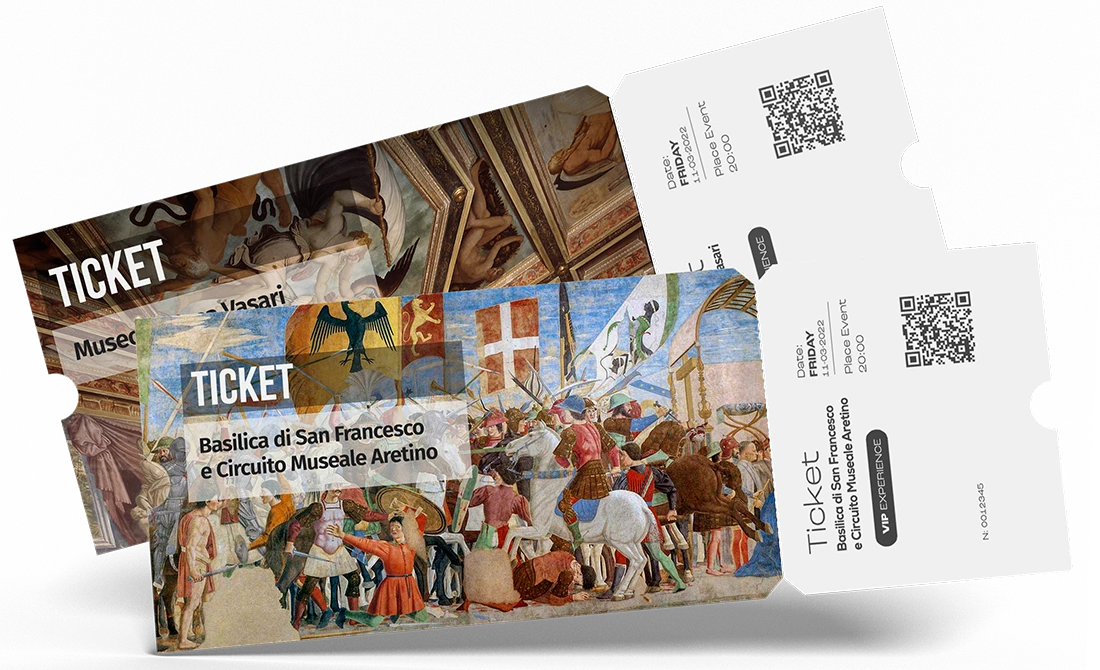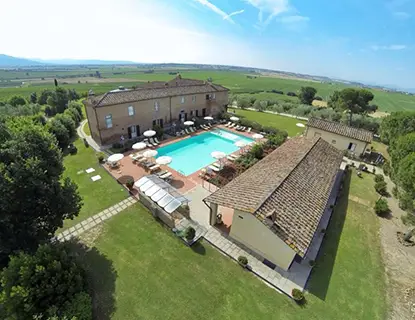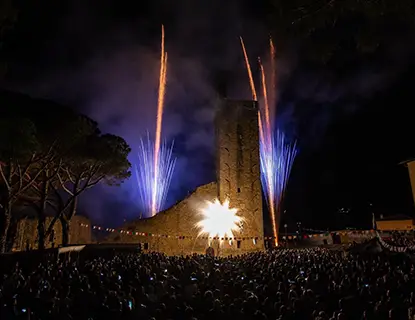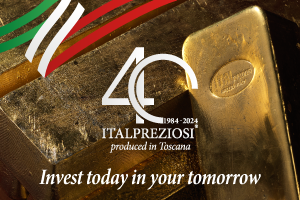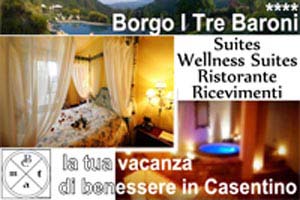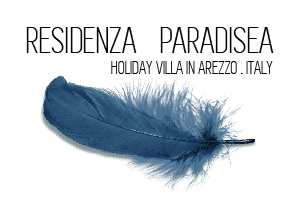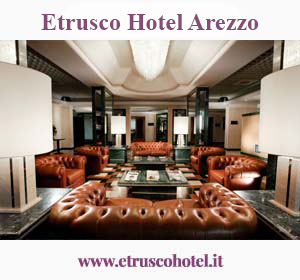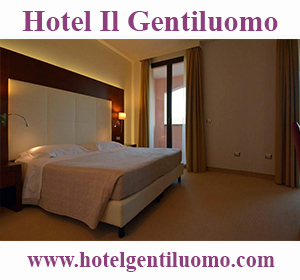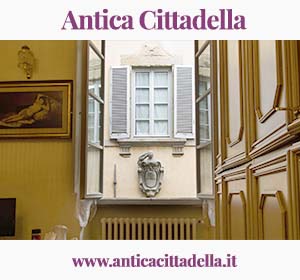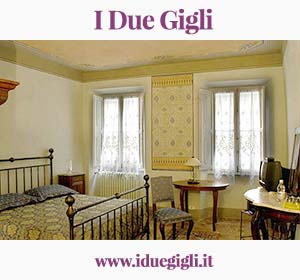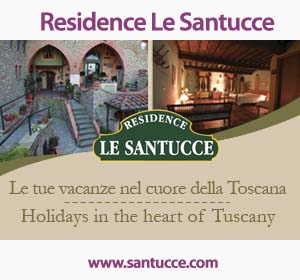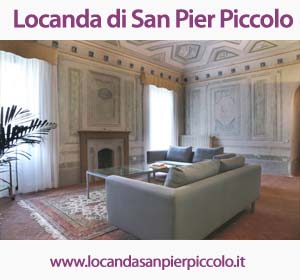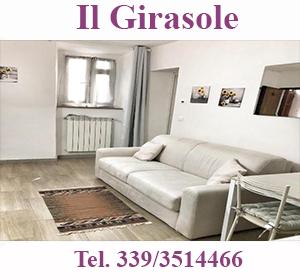History of Arezzo
Roman and Middle Ages : In 311 BC Arezzo was defeated and suffered the occupation of Rome . In the III century BC the city, which has become Etruscan-Roman, fights alongside Rome against the Senoni Gauls, welcoming a Roman military garrison and becoming a strategic point for the expansion of Rome towards the north. Subsequently, during the civil wars, Arezzo sided with Mario and Pompeo against Silla, then suffered the punishment of the latter and Caesar who make it a colony. Arezzo grew in importance until it became the third city in Italy, during the Augustan era. The walls are enlarged, there are the Amphitheater (II century), the theater and the baths . With Caius Cilnius Maecenas , who became Minister and Counselor to Emperor Octavianus Augustus, there is a great impulse for economics and art. The coral vessels produced in Arezzo also reach India.
During the Middle Ages, despite the collapse of the Roman world and the barbarian invasions , Arezzo retains prestige and importance; it is one of the first centers occupied by the Lombards who built castles and parish churches. After the victory of the Franks over the Lombards, the city became part of the Carolingian Holy Roman Empire . From the 10th and 11th centuries the figure of the bishop-count rises, who lives in the fortified castle of Pionta (Old Cathedral) and that begins to assume the title count (1059). Because of its economic importance and prestige, the bishop is appointed directly by the Emperor.
The Free City : with the resumption after the year one thousand , the birth of the Free City , which limits the noble power of the ecclesiastical authorities. The presence of a consul in Arezzo is attested as early as 1098. Around 1200 the construction of a new city wall took place, whose perimeter reached 2,600 m and the master village was formed. In the thirteenth century rise public buildings and tower houses; the Pieve di S. Maria is completed. At the end of the century began the construction of the Cathedral , in Gothic style, and the churches of St. Francis and St. Dominic .
Life is regulated by the municipality, mainly Ghibelline , which extends over a vast territory and clashes with the neighboring municipalities. After the fall of Manfredi di Svevia in Italy, Arezzo sided openly with the emperor and defeated, joining his army with the imperial army, the Guelph army of Florence in Montaperti. Following the defeat of the imperial army in Benevento, Arezzo remains the last important Ghibelline bulwark, so the papacy finances Florence which, thanks also to French mercenaries, gives a hard defeat to the Ghibellines at Campaldino (1289). In the defeat also Guglielmino Ubertini , bishop of Arezzo, dies. Florence and Siena come into possession of vast territories of Arezzo.
With the cultural awakening, there are Liberal Arts and activities of rhymes (Guittone, 1235 - 1294) and local artists (Margarito d'Arezzo, 1236 ca - 1293), followed by Florentine artists (Cimabue) and Sienese (Pietro Lorenzetti); the Stadium opens. In 1304 Francesco Petrarca was born in Arezzo.
The Lordship of the Tarlati from Pietramala : Guido Tarlati revives the city from the defeat of Campaldino and starts a new period of development; in this way there is a new extension of the city wall. His brother Pier Saccone succeeded Guido Tarlati, with whom the city fell into decline and was sold to Florence. Once independence is reconquered, Arezzo experiences a long political crisis and is again sold to Florence (1384). The last Aretine artist to work in the city in the second half of the 1300s is Spinello Aretino (1346 ca. - 1410). In the fifteenth century the most important event was the assignment to Piero della Francesca of the frescoes of the choir of the church of S. Francesco; Thus the cycle of the Legend of the True Cross is born .
1500 : the 16th century of Arezzo is dominated by Giorgio Vasari (1511 - 1574) and work in the city Guglielmo de Marcillat (stained glass of the Cathedral and the Ss. Annunziata) and Bartolomeo Ammannati.
The Medici domination is a catastrophe for Arezzo: a new fortification system is built, the town hall building and the Duomo Vecchio are destroyed. The fortification works lead to the rebuilding of the Fortress and the erection of bastion walls. Numerous noble residences arise and on the upper part of Piazza Grande the great Vasari building of the Logge is built.
From the grand-ducal era to 1861 : under the Florentine influence, we passed from the Gothic to the Renaissance style . During the long period of Florentine domination (first under the Medici Lordship, then within the Grand Ducal State of the Medici and Lorraine ), Arezzo has an economic, social, cultural and demographic decline. Of this period only Andrea Ceselpino (1519 - 1603) and Francesco Redi (1626 - 1698) are remembered. In 1772, with the communication reform, the modern Municipality of Arezzo was born, from the territorial point of view. In the nineteenth century Vittorio Fossombroni (1754 - 1844) works the reclamation of the Valdichiana. In 1825 aretino Compartment was born, the first nucleus of the Arezzo province. With the unification of Italy (1861) and the annexation of Arezzo to the new unitary state, the administrative autonomy is reconquered.




